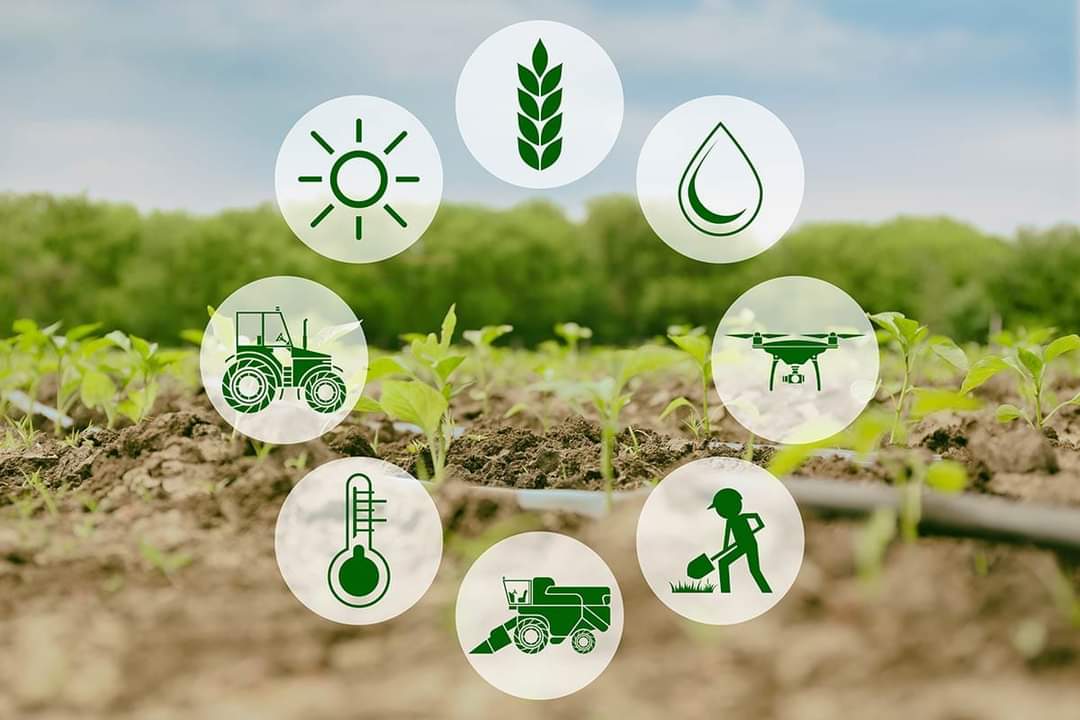
AI Delivering Future
The Indian subcontinent represents one of the richest diverse genetic resources. Of the estimated 250,000 species of flowering plants at global level, about 3,000 are regarded as food source, in which only 200 species have been domesticated. Global diversity in vegetable crops is estimated at about 400 species, with about 80 species of major and minor vegetables reported to have originated in India. With this diversity India is the second- largest producer of fruits and vegetables in the world.
In the recent years the growth rates of agricultural production and the area under agriculture has slowed down compared to the rate of population growth curve. Climate change and water scarcity are threatening the crop production worldwide. At the same time Indian population is growing at a fast pace and is projected to reach 1.61 billion by 2050 (IHME and UN projections). This leads to increased demand for agricultural production but without straining the environment and resources. With all these challenges in place there is a great need to increase the productivity. How can this be done? Probably one of the solutions is Data driven agriculture.
Public and private are working towards this problem and they not only have agronomics, biotechnology, and chemistry to help them but also a new tool Artificial Intelligence. Agriculture has started to accept changes to make agriculture sector more precise and efficient. Data if used aptly can be the panacea for all our ails. If we could predict the W4 &H (What, When, Where, Why & How) our work will become simpler. Though AI has not gained a major share in agriculture now it is taking more and more shares as agriculture is becoming digital.
Farmers are using sensors to gather data on soil and plant health. Farmers today have technology to help them in scouting of the field, like drones to collect data on crop health and monitor pest and disease conditions. There is various smart machinery which is used in planting and harvesting. All these increase the efficiency of utilizing the available resources this has paved the way for the entry of AI in Agriculture.
With this development farm data that is generated is overwhelming and the solution to these problems lies hidden in this area. With increasing availability of farm data, it becomes easy to develop algorithm models. Models process the data, adapting and learning based the received data. With robust digitalization in all sectors gathering data becomes easy and global. Many start-ups are building decision automation tools based which is used to predict yield, prices.
But the challenge lies in the fact that agriculture is the most difficult field for the purpose of statistical quantification. Uncertainty is a major threat in agriculture as no two environments are alike. The data varies from one place to another, sometime even within the same field. But it is not impossible to overcome the uncertainty.
There are already a companies who wanted to venture into this. Including the big tech giants Google, Apple, & Microsoft. Precision farming helps in managing variations in the field accurately, thus enabling the growth of more crops using fewer resources and reduce the production cost.
Though there are many challenges, the future scope of
it’s the beginning there is great time ahead for agriculture with AI, The AI in the agriculture market is projected to grow at a CAGR of 25% from 2020 to 2026, so as to the business.
AI in agriculture could not be denied.
.svg)